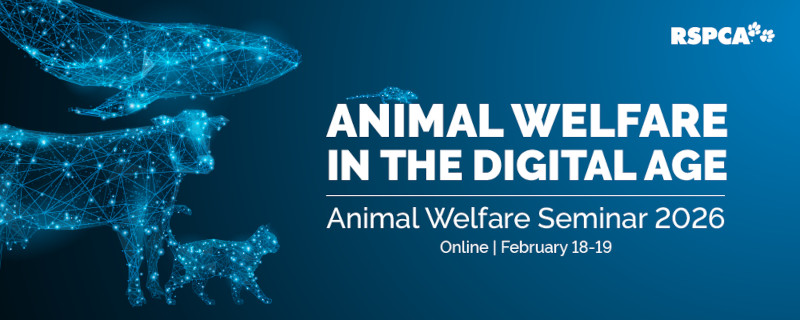
Female dogs can become pregnant via either natural mating with a male dog, or through an artificial insemination procedure. There are three main methods that can be used for artificial insemination: vaginal, transcervical, and surgical. When frozen semen is used, only transcervical and surgical artificial insemination are able to achieve good pregnancy/whelping success rates. Surgical artificial insemination is an unnecessary procedure in dogs that causes pain and risks complications, and it should be replaced by non-surgical methods.
Natural mating
Natural mating requires that the male and female dog are together at the right time in the female dog’s reproductive cycle, and that they are socially and physically compatible. Transport of one or both dogs may be required.
Artificial insemination
All artificial insemination techniques involve collection of semen from the male dog, which is usually achieved using manual stimulation [1,2]. The collected semen is then placed into the reproductive tract of the female dog. The use of frozen semen allows dogs that are geographically distant from each other to be bred together, as well as more flexibility around the timing of insemination.
Artificial insemination can reduce the need for transport of dogs and, if used well, can help improve canine genetic diversity. However, all artificial insemination procedures have the potential to cause mental stress to dogs due to the handling and restraint required. Artificial insemination can also be used for purposes that are not in the best interests of the dogs, such as to facilitate breeding of dogs who are not healthy enough to breed naturally.
Vaginal artificial insemination
Vaginal artificial insemination involves in the insertion of a catheter (a thin tube) into the vagina of the female, after which semen is instilled through the tube [1,3]. Vaginal artificial insemination is usually performed without anaesthetic or sedation.
Transcervical artificial insemination
Transcervical artificial insemination involves insertion of a catheter through the reproductive tract into the uterus (womb) of the female dog [1,3]. Once the catheter is in place, semen is then instilled [1]. Transcervical artificial insemination is usually performed without anaesthetic or sedation. However, some dogs may show signs of distress and require sedation or topical local anaesthetic [4].
Surgical artificial insemination
Surgical artificial insemination in dogs is only performed by veterinarians. The technique involves a general anaesthetic, surgically cutting into the abdomen, injection of semen into the uterus, and closure of the surgical wound with sutures (stitches) [1]. There is a risk of anaesthetic and surgical complications with this technique, including significant pain after the surgery [5,6].
Comparison of artificial insemination techniques
Good results can be achieved using vaginal artificial insemination if fresh semen is used [2]. However, if frozen semen is used, vaginal artificial insemination has poor pregnancy success rates [1,2]. Transcervical and surgical artificial insemination both achieve higher pregnancy success rates than vaginal techniques when frozen semen is used [1].
There are mixed results reported when comparing the pregnancy/whelping success rates of transcervical and surgical artificial insemination with frozen semen. Studies have reported similar [5], better [6] and worse [7] pregnancy/whelping success rates. However it is clear that surgical artificial insemination has a higher animal welfare risk compared to transcervical, including a higher risk of pain, and surgical and anaesthetic complications [6,7].
One Welfare and climate change
Anaesthetic gasses that are commonly used in veterinary practice act as greenhouse gasses and thus contribute to climate change [8]. Avoiding unnecessary surgery, such as surgical artificial insemination, eliminates the greenhouse gas emissions associated with gas anaesthetics, and thus benefits both animals and the environment. For more information on One Welfare, click here.
What is the RSPCA’s view?
Any dog that is bred, whether using natural or artificial insemination, must be healthy and be likely to produce healthy offspring. Surgical artificial insemination of dogs is an unnecessary surgical procedure which causes pain and it should not be performed. Where artificial insemination is used, the welfare of the dogs involved must be the priority, with measures taken to minimise any mental stress and physical discomfort whenever possible.
References
[1] Mason SJ (2018) Current review of artificial insemination in dogs. Veterinary Clinics of North America: Small Animal Practice 48:567–80.
[2] England GCW, Russo M, Freeman SL (2014) Artificial insemination in dogs and cats 1. Collection and preservation of canine semen. In Practice 36:77–83.
[3] England GCW, Russo M, Freeman SL (2014) Artificial insemination in dogs and cats 2. Artificial insemination in dogs. In Practice 36:183–90.
[4] Whitler W (2023) Canine transcervical insemination: history and technique. Clinical Theriogenology 15.
[5] Hollinshead FK, Hanlon DW (2017) Factors affecting the reproductive performance of bitches: A prospective cohort study involving 1203 inseminations with fresh and frozen semen. Theriogenology 101:62–72.
[6] Mason SJ, Rous NR (2014) Comparison of endoscopic-assisted transcervical and laparotomy insemination with frozen-thawed dog semen: A retrospective clinical study. Theriogenology 82:844–50.
[7] Ledger M (2022) Considering the ethical, welfare and commercial interests of artificial insemination techniques in greyhound breeding females. UFAW Indo-Pacific Asia Online Workshop Controversies and Collaboration: Moving Toward Consensus in Animal Welfare. Universities Federation for Animal Welfare 14. Available from: https://www.ufaw.org.uk/ufaw-events/ufaw-indo-pacific-asia-online-workshop-2022
[8] Jones RS, West E (2019) Environmental sustainability in veterinary anaesthesia. Veterinary Anaesthesia and Analgesia 46:409–20.

